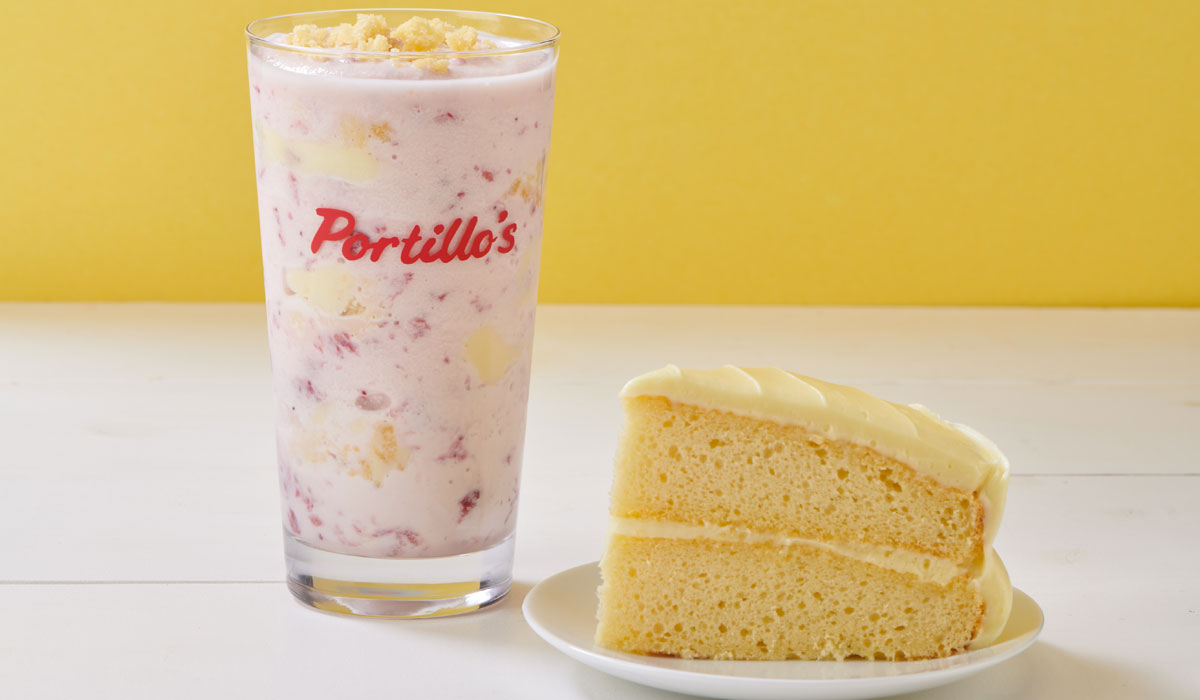Portillo’s unicorn history was the headline ahead of its October IPO. The fact this was a 67-unit brand with nearly $8 million average-unit volumes and store-level adjusted EBITDA margin of 28.6 percent—mythical figures in quick service. Also, 7,800-square-foot boxes taking an average of 87 employees to staff, no single menu category accounting for more than 23 percent of sales, lunch and dinner dayparts essentially split at 48 and 52 percent, respectively, average checks of $9.60, and a drive-thru generating $4.9 million per unit amid COVID.
Yet the brand’s first quarterly report as a public company rang familiar. Commodity inflation, labor, and the rising cost to simply run a restaurant today all pressed on the brand in Q3. Portillo’s restaurant-level adjusted margins were 24.8 percent compared to 28.9 percent in the year-ago period. Cost of goods sold leapt to 32.1 percent from 30.6 percent, primarily due to an increase in commodity prices, specifically beef.
CFO Michelle Hook said Thursday the brand’s average hourly rates are up nearly 20 percent, quarter-over-quarter. And still, the brand remains 10 percent understaffed.
Q3 labor was 26.8 percent of Portillo’s revenue, a significant lift from 24.3 percent last year. The wages fueled figures higher, as did training costs and discretionary bonuses.
READ MORE:
Chicago Icon Portillo’s Goes Public, Begins Road to 600 Restaurants
How Portillo’s is Redefining Success from the Inside Out
However, even fighting to staff up, Hook said Portillo’s didn’t limit service channels or hours of operation throughout the period.
The credit, CEO Michael Osanloo said, goes to a “massive increase” in labor efficiency realized during COVID, and Portillo’s efforts to cross-train staff. It didn’t lay off a single worker when the pandemic hit. “It is absolutely part of what’s mitigating some of the cost pressures is that our folks are just more efficient,” Osanloo said. “And they work incredibly diligently. We think that’s a learning that we got in the COVID year that will continue to bear fruit for us, our team members, and our investors for years to come.”
That’s not to say Portillo’s isn’t working to return levels to past norms. “We certainly plan on staffing fully as those opportunities avail themselves,” Osanloo added, “because we intuitively believe that fully staffed restaurants perform better, and that there’s some comp opportunity there.”
Portillo’s total revenue lifted 15.3 percent to $138 million. Same-store sales hiked 6.8 percent, year-over-year.
The latter result owed to 7.9 percent jump in average check thanks to higher menu prices, mix of items sold, and more items per order. In this equation, Portillo’s has observed some common COVID themes as well. Traffic remains depressed from pre-pandemic marks thanks to a drop in dine-in traffic. The brand pushed four-wall business of $4.4 million before the crisis. That number was $2.1 million in the 12 months ending Q3 2021. Meanwhile, drive-thru hiked from $3.4 million per store to $4.9 million. Delivery was a $500,000 per restaurant business in 2019. Now, it’s $900,000.
Both delivery and drive-thru generally appreciate larger orders. In turn, the face of Portillo’s business adjusted.
All of its dining rooms were open in Q3, but Portillo’s continues to face mask mandates in many of its locations, Osanloo said. Chicago being the main one.
“Now, the good news is that our drive-thru traffic actually remains incredibly strong and resilient,” he said. “And so, as our dining has slowly eked back up toward mix, it has not negatively affected our drive-thru channel. I don’t know where this will stabilize, I think that there’s a lot of opportunity for us, but it would be foolish of me to had a guess on how much of it is incremental versus how much of it is shifting.”
While Portillo’s can’t flip the tarot cards on that one, it’s not sitting back. The prototypes coming to market, including stores in Glendale, Arizona; Orlando, Florida; Addison and Kimball, Illinois; and Sterling Heights, Michigan, are geared toward off-premises sales. Less formal dining space with large outdoor patios. Dedicated entrances and vestibules for third-party delivery. A racking system by the door for curbside parking spots so guests can grab food and get out quickly.
In addition, Portillo’s is building a drive-thru only concept in Joliet, Illinois, with three lanes on a 1-acre pad (instead of typical 2-plus acre sites) that it’s calling a “Portillo’s Pickup.” And a West Madison, Wisconsin, restaurant in the works that will be the first with a third lane specifically designed to cater to online and delivery orders. Osanloo said Portillo’s is toying with the idea of labeling that a “fast-pass lane.”
“And it’s for people who have ordered via the app or want a curbside type experience where you don’t have to get out of your car,” he said. “You can zip through that third drive-thru lane and the food gets brought out to you. … We are moving toward where the consumer is, which is the consumer says, ‘we want more off-premises access and availability.’ And the need to sit in the restaurant is coming down.”
On the drive-thru only store in particular, Osanloo said, if successful, it could give Portillo’s a powerful model to fill in mature markets as it rolls toward the company’s ultimate 600-unit target.
Portillo’s plans to open seven restaurants in 2022 en route to 10 percent growth annually. It’s targeting Florida, Arizona, Indiana, and Michigan, as well as initial expansion into Texas. This is going to unfurl twofold—continued expansion in core Midwest areas, and new national Sunbelt markets for opportunistic growth.
Osanloo was asked Thursday to elaborate on Texas. “Everybody in the room is vigorously shaking their head now that I can’t tell you the city,” he said, adding he thinks it’s “going to be a flagship restaurant,” and a “really, really strong performer.” The secret will be out in Q4.
Returning to inflation, Portillo’s didn’t take any incremental pricing in Q3, which led to some of the aforementioned results since the brand absorbed the full brunt of operating pressures. But it did in early Q4, of about 3 percent.
Hook said the company doesn’t seen an end in sight for commodity inflation. And in turn, will continue to evaluate pricing into the coming calendar. “But we know that the healthy way to grow this business is through transaction growth,” Hook said.
The five restaurants Portillo’s opened since Q3 of 2020 are preforming 35 percent above typical new-store metrics of $6.4 million AUVs. So, close to $8.5 million. And most of those are outside of Chicagoland.
“The next six to nine months require us to just be super agile and responsive to the supply chain dynamics. But also, when it comes to labor, we’re just going to keep doing what we do, which is, we provide a differentiated opportunity for people, we hire people based on values, we provide them a lifetime of opportunity, if they so choose,” Osanloo said. “And I know you know this … but we don’t pay minimum wage at any of our restaurants. We’re significantly above minimum wage across the country, because we truly believe that people are the heart of our business, and we take care of our teams.”
When Portillo’s completed its IPO last month, it awarded all restaurant managers one-time restricted stock unit grants.
Osanloo also briefly spoke about Portillo’s menu simplification efforts of late. On average, the chain took 75 SKUs out of each restaurant during COVID. Some cut 150–200. Along the way, Portillo’s tightened up quality.
Caesar salads are better. Chicken quality went up. The fish sandwich was reworked. Just the introduction of a spicy chicken sandwich alone, which includes the brand’s Hot Giardiniera Sauce, upped Portillo’s chicken category 27 percent, year-over-year.
“I tease because I call it a Darwinian exercise with the menu, we have the strong kill the weak, and that’s what we do,” he said.




